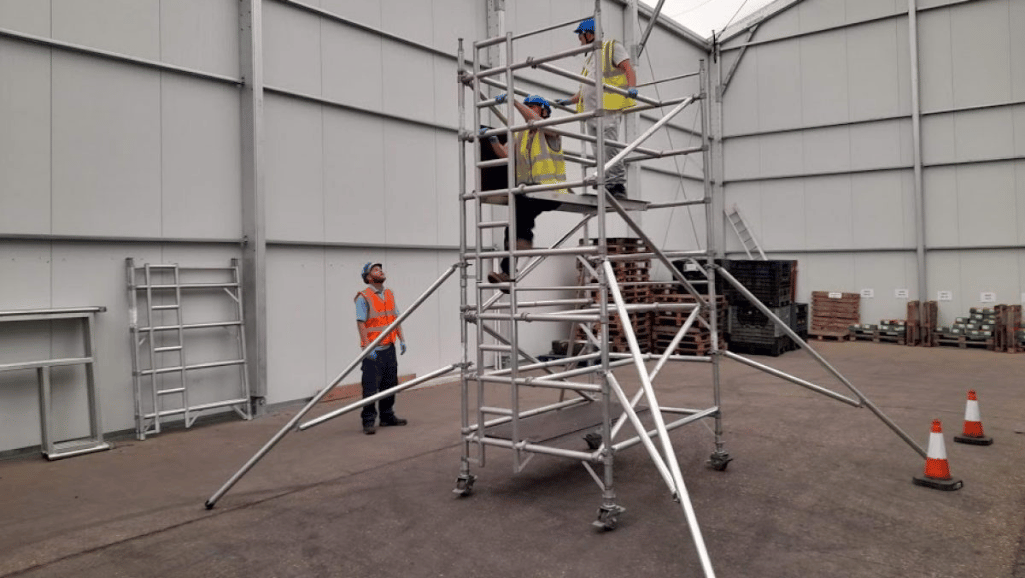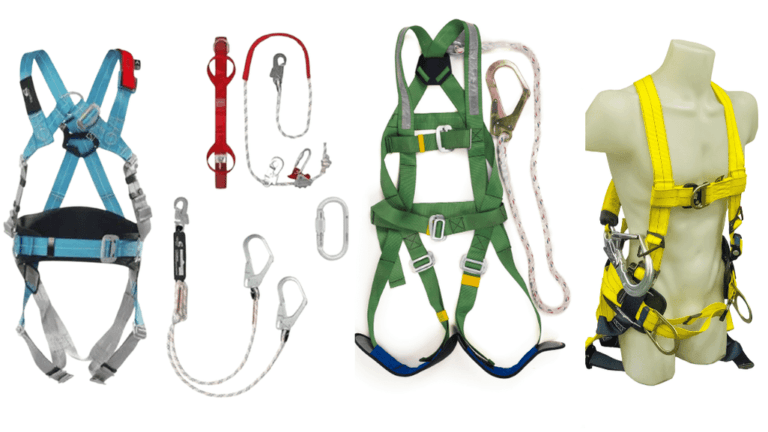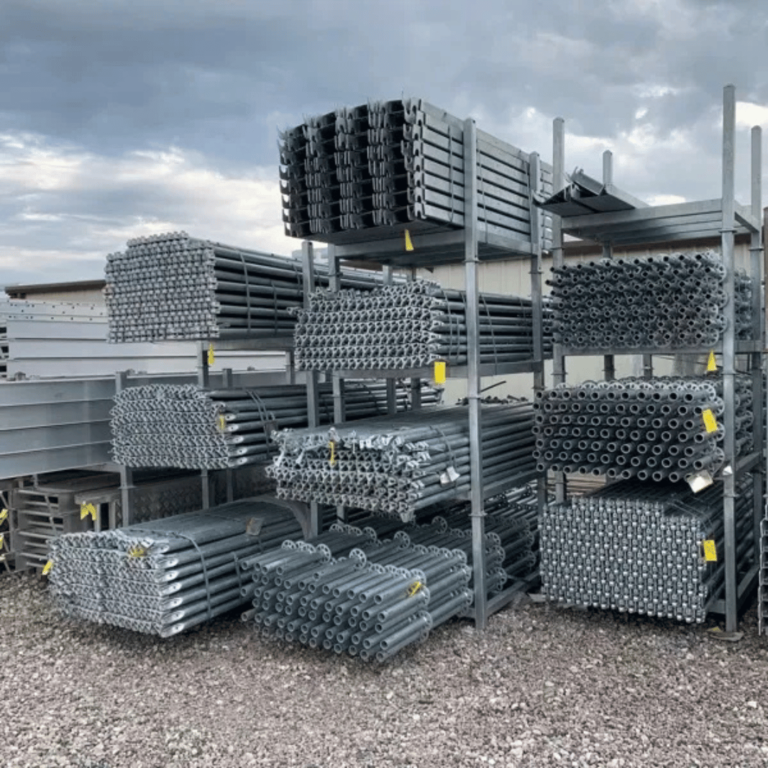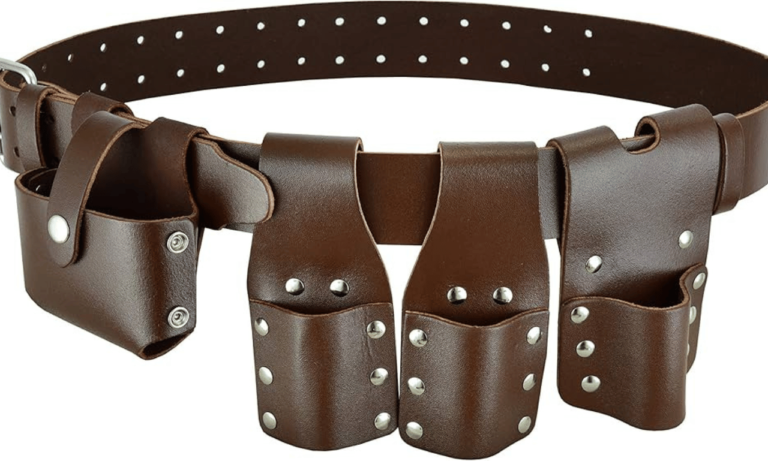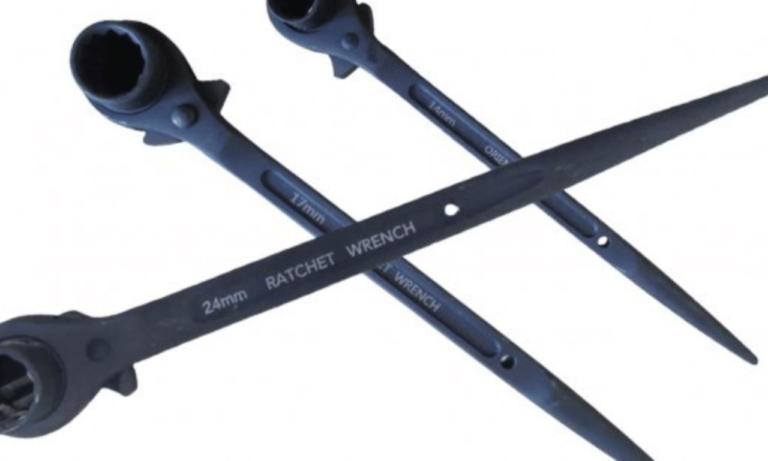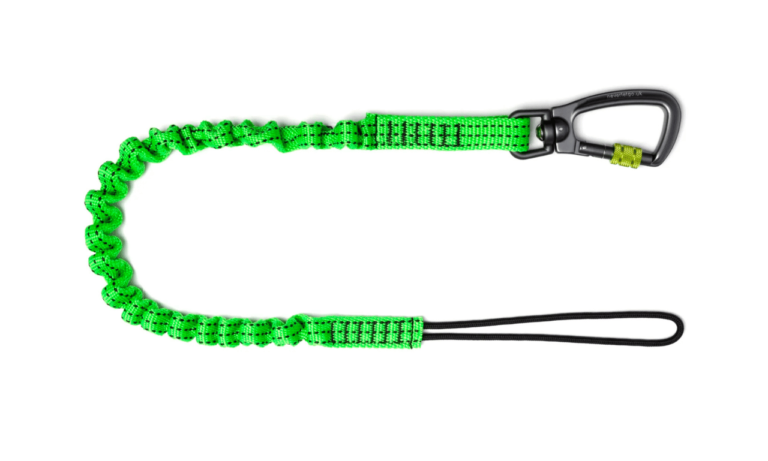Phone:
(+65)8319-0742
When it comes to mobile scaffold towers, safety is paramount. One crucial component that ensures stability and security on any terrain is adjustable legs. These legs provide a solid foundation by leveling out uneven or sloping surfaces, making them an essential feature for portable scaffolding systems. Designed to comply with the BS EN1004:2004 standard, mobile scaffold tower adjustable legs offer high-quality construction and reliability. Let’s explore the benefits, guidelines for usage, wind considerations, safety precautions, assembly tips, compliance, and inspection of these adjustable legs to gain a comprehensive understanding of their significance in scaffolding operations.
Key Takeaways:
- Mobile scaffold tower adjustable legs provide stability on uneven surfaces and ensure safety during work.
- The benefits of using these adjustable legs include accommodating uneven ground, precise tower positioning, improved accessibility, and adjustable height.
- Guidelines for safe usage involve checking ground conditions, proper adjustment and securing of the legs, and regular inspections.
- Considering wind conditions is crucial to prevent instability, and safety precautions include avoiding attaching additional elements to the tower and selecting appropriate locations.
- Proper training, compliance with regulations, meticulous assembly, and systematic inspection are pivotal for safe operations with mobile scaffold tower adjustable legs.
Benefits of Mobile Scaffold Tower Adjustable Legs
The use of adjustable legs in a mobile scaffold tower system offers several benefits. These innovative features enhance stability, safety, and versatility in various working environments.
Accommodating Uneven Ground
Mobile scaffold towers with height adjustable legs are designed to accommodate uneven ground conditions. By adjusting the legs individually, the tower can be leveled on sloping or uneven surfaces. This ensures stability, reducing the risk of accidents and providing a secure base for work.
Precise Positioning and Improved Accessibility
Adjustable legs make it easier to level the scaffold tower with precision. By fine-tuning the height at each leg, the tower can be positioned exactly where it is needed, even on surfaces with slight variations. This enhances accessibility and facilitates efficient work execution.
Height Adjustability for Versatile Work Settings
The flexibility of adjustable legs allows for easy height adjustment of the mobile scaffold tower. This feature is particularly beneficial in situations where different working heights are required. It eliminates the need for additional equipment or scaffolding systems, saving time and resources.
Guidelines for Using Mobile Scaffold Tower Adjustable Legs
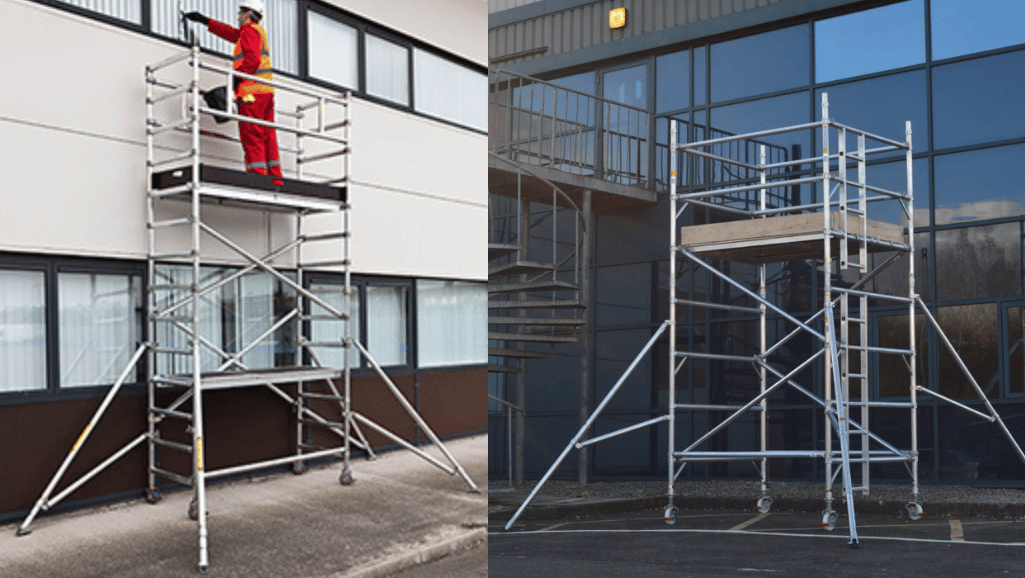
When utilizing a mobile scaffold tower with adjustable legs, it is vital to adhere to specific guidelines to ensure optimal safety and performance. By following these guidelines, you can enhance stability, prevent accidents, and maintain the structural integrity of the scaffold tower. Here are some important factors to consider:
- Check Ground Conditions: Before setting up the scaffold tower, thoroughly inspect the ground conditions to determine the need for adjustable legs. Identify any uneven or sloping surfaces that could impact stability and consider using the scaffold tower with adjustable support in these scenarios.
- Proper Adjustment and Securing: Once you have identified the need for adjustable legs, adjust their height as required to level the scaffold tower. Ensure that the legs are securely locked in position to prevent any movement during usage.
- Regular Inspection: Periodically inspect the scaffold tower with adjustable legs to assess stability and maintain the overall structural integrity. Regular inspections help identify any signs of wear, damage, or loosening that could compromise safety.
- Compliance with PASMA Code of Practice: It is highly recommended to adhere to the guidelines set forth in the PASMA Code of Practice for safe and effective use of mobile scaffold tower adjustable legs. This code provides comprehensive guidance regarding assembly, usage, and inspection of scaffold towers.
Safety Measures when Using Mobile Scaffold Tower Adjustable Legs:
It is crucial to prioritize safety when utilizing a mobile scaffold tower with adjustable legs. Here are a few additional safety precautions to keep in mind:
- Secure the Scaffold Tower: Before starting work, ensure that the scaffold tower is secured properly, following the manufacturer’s instructions and safety guidelines.
- Use Personal Protective Equipment (PPE): Always wear appropriate personal protective equipment, such as safety helmets, non-slip footwear, and high-visibility clothing, when working on the scaffold tower.
- Follow Access and Egress Procedures: Use designated access points and follow the recommended procedures for climbing up and down the scaffold tower, avoiding any unauthorized methods.
Example of a Scaffold Tower with Adjustable Legs
| Scaffold Model | Description | Adjustable Leg Feature |
|---|---|---|
| XYZ-500 | A versatile and sturdy scaffold tower with adjustable features for increased functionality and safety. | Comes with adjustable legs that allow for convenient leveling on uneven surfaces. |
| ABC-700 | A compact and portable scaffold tower designed for easy transportation and quick assembly. | Equipped with adjustable support legs to ensure stability even on challenging terrains. |
Wind Considerations for Mobile Scaffold Tower with Adjustable Legs
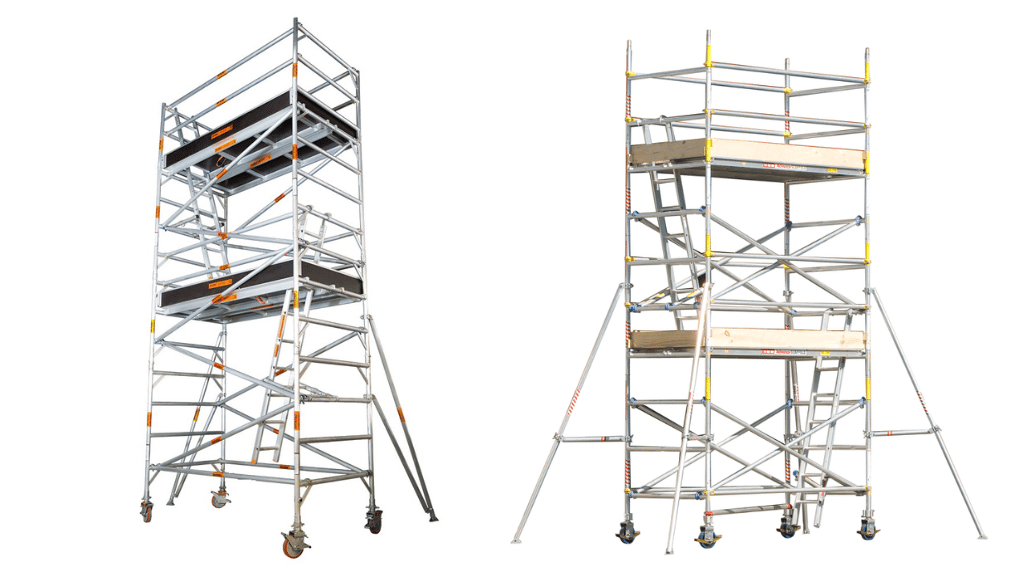
When working with a mobile scaffold tower that has adjustable legs, it is crucial to consider wind conditions to ensure the safety of the structure and personnel. Wind can pose a significant risk, especially when the tower is placed in an exposed or elevated location.
To mitigate the potential dangers associated with windy conditions, there are several guidelines that should be followed:
Selecting the Right Location
Choosing an appropriate location for the mobile scaffold tower is essential to minimize the impact of wind. Avoid areas that are prone to strong gusts, such as open fields or high-rise buildings. Instead, opt for sheltered and well-protected spots whenever possible.
Avoiding Attachments That Act as Sails
It is crucial to refrain from attaching netting, boards, or sheeting to the scaffold tower, as these can act as sails and significantly increase the risk of overturning. Keep the tower free from any additional materials that could catch the wind and create forces that may compromise stability.
Following Wind Speed Recommendations
Pay close attention to the average wind speed in your area and follow the recommended maximum limits. If winds exceed these limits, it is necessary to cease work and dismantle the tower until conditions improve. Regular weather checks throughout the workday are essential to ensure continuous safety.
Regular Inspections
Regularly inspect the mobile scaffold tower with adjustable legs to ensure that all components are in optimal condition. Check the legs for any signs of damage or wear that could compromise stability in high winds. Implementing a preventive maintenance schedule is crucial to address any potential issues promptly.
By considering wind conditions and adhering to these guidelines, workers can ensure the safe use of mobile scaffold towers equipped with adjustable legs. Prioritizing stability in windy conditions is vital to maintain a secure and productive work environment.
Safety Precautions and Training for Using Mobile Scaffold Tower Adjustable Legs
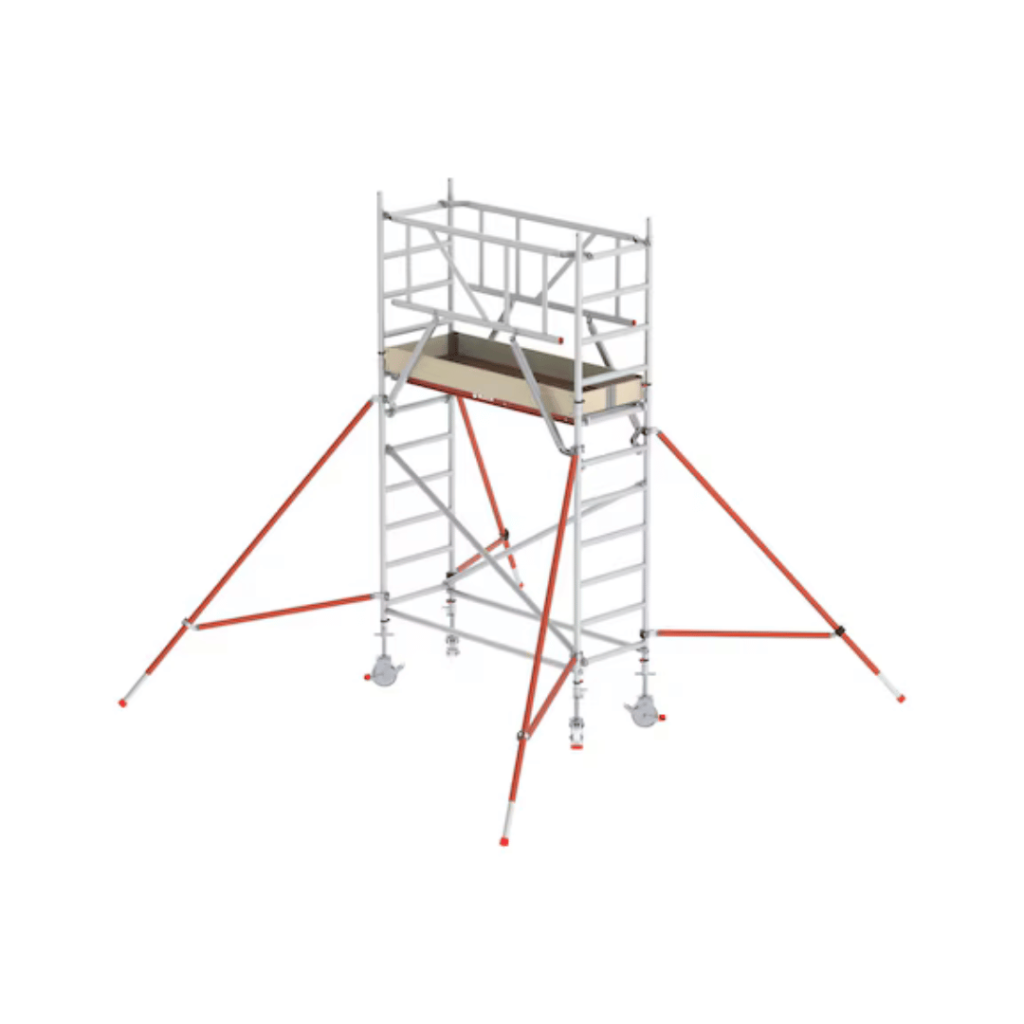
Ensuring safety when using a mobile scaffold tower with adjustable support requires adequate training and adherence to safety precautions. Competency in operating the equipment, including the adjustable legs system, is essential for safe and efficient use. Additionally, understanding the proper use of safety harnesses and lanyards is crucial to prevent falls.
When working on a mobile scaffolding tower equipped with adjustable legs, it’s important to note that safety harnesses and lanyards should not be used, as the tower’s guardrails provide collective fall protection. Proper inspection of the tower before each use is also essential.
Manufacturers provide detailed instructions on the assembly and use of their scaffold towers, including guidance specific to the adjustable legs system. It is crucial to follow these instructions precisely to ensure safe operations. Additionally, incorporating necessary safety measures, such as using appropriate personal protective equipment (PPE), is vital.
Training programs and courses are available to gain the necessary knowledge and skills for utilizing mobile scaffold tower adjustable legs safely. These programs cover topics such as tower assembly, inspection, risk assessment, and hazard identification.
Comprehensive training is beneficial for both employers and workers, as it ensures compliance with safety regulations and reduces the risk of accidents and injuries. It promotes a culture of safety within the workplace, fostering a secure environment for all personnel involved.
Essential Safety Precautions for Mobile Scaffold Tower Adjustable Legs
When utilizing a mobile scaffold tower with adjustable support, it is crucial to observe the following safety precautions:
- Follow manufacturer instructions for assembly, usage, and adjustment of the adjustable legs.
- Regularly inspect the tower for any defects, damage, or signs of instability.
- Ensure the tower is positioned on stable ground and does not exceed its maximum working height.
- Use appropriate PPE, including helmets, non-slip footwear, and safety gloves.
- Prohibit climbing on the outside of the tower and restrict access to designated entry points.
- Utilize a comprehensive fall protection system, including guardrails and toe boards.
Training Benefits for Mobile Scaffold Tower Adjustable Legs
Participation in training programs specific to mobile scaffold tower adjustable legs offers several advantages:
- Enhanced knowledge and competency in operating scaffold towers with adjustable legs
- Improved understanding of safety precautions and best practices
- Increased awareness of potential hazards and risk mitigation strategies
- Compliance with relevant safety regulations and standards
- Promotion of a safety culture within the workplace
| Training Program | Description |
|---|---|
| Mobile Scaffolding Tower Safety Training | A comprehensive program covering scaffold tower assembly, inspection, and safe use of adjustable legs. Includes theoretical and practical training. |
| Working at Heights Certification | A recognized certification program that covers all aspects of working at heights, including scaffold tower safety and adjustable legs usage. |
| Health and Safety Awareness Training | An introductory training program that provides fundamental knowledge of workplace safety and hazard identification in scaffold tower operations. |
| PASMA Training | A specialized program offered by the Prefabricated Access Suppliers’ and Manufacturers’ Association (PASMA). Focuses on safe assembly and use of mobile access towers, including adjustable leg systems. |
By participating in these training programs, individuals gain the necessary knowledge and skills to safely erect, operate, and dismantle mobile scaffold towers with adjustable support. This knowledge enhances worksite safety, minimizes the risk of accidents, and promotes efficient and productive operations.
Assembly and Usage Tips for Mobile Scaffold Tower Adjustable Legs
When assembling a mobile scaffold tower with adjustable legs, it is crucial to follow the correct instruction manual step-by-step to ensure proper installation. This ensures the scaffold tower’s stability and safety during usage. Here are some essential tips and guidelines to follow:
1. Use the Correct Instruction Manual
Always refer to the instruction manual provided by the manufacturer specific to the mobile scaffold tower model you are assembling. The manual contains detailed information on how to correctly install the adjustable legs and other components.
2. Install Stabilizers
Depending on the specific design of your mobile scaffold tower, stabilizers might be required for additional stability. These stabilizers are typically attached to the corners of the tower and help distribute weight evenly, enhancing its overall balance.
3. Use Necessary Components
Never assemble or use the mobile scaffold tower without essential components such as castors, base plates, or adjustable legs. These components work together to provide a secure and stable structure that can be adjusted to match the surface conditions.
4. Avoid Using Adjustable Legs for Height Extension
The primary function of adjustable legs in a mobile scaffold tower is to level the tower on uneven surfaces. It is not recommended to use them for height extension purposes. Instead, use additional components designed for height adjustment, such as ladder frames or extensions, according to the manufacturer’s instructions.
5. Strictly Prohibit Climbing the Outside of the Tower
For safety reasons, climbing the outside of the mobile scaffold tower is strictly prohibited. Access to the tower should only be through designated access points equipped with appropriate safety measures, such as internal ladders or stair systems.
By following these assembly and usage tips, you can ensure the proper installation and safe usage of a mobile scaffold tower with adjustable legs. Regularly inspect the tower, adhere to manufacturer instructions, and prioritize safety measures to maintain a secure working environment.
Compliance and Inspection of Mobile Scaffold Tower with Adjustable Legs
Regular inspection of the mobile scaffold tower with adjustable legs is crucial for maintaining safety. These inspections should be carried out after assembly, significant alterations, before use, and following any event that may have affected stability or structural integrity.
Compliance with the requirements of the Work at Height Regulations is recommended to ensure adherence to safety standards. It is essential to keep track of the tower’s inspection status and issue new reports as needed.
Inspection Checklist
During each inspection, the following factors should be assessed:
- Check for any signs of damage, such as cracks, dents, or corrosion, in the mobile scaffold tower and its adjustable legs.
- Inspect the adjustable legs for proper functionality, ensuring they are secure, adjustable, and in good condition.
- Examine the tower’s base and foundation, including the castors, base plates, and any stabilizers if applicable.
- Verify that all locking mechanisms, pins, and locking devices are in place and functioning correctly.
- Check the tower’s guardrails, platforms, and access points for stability and structural integrity.
- Assess the overall condition of the tower, including the presence of any loose or missing parts.
Inspectors should adhere to the manufacturer’s instructions and guidelines specific to the mobile scaffold tower and its adjustable legs. Any issues or non-compliance identified during the inspection should be promptly addressed and rectified to ensure the safety of workers.
By conducting regular inspections, employers and users of mobile scaffold towers with adjustable legs demonstrate their commitment to maintaining a safe working environment and minimizing the risk of accidents or structural failures.
Conclusion
Mobile scaffold tower adjustable legs are essential for maintaining stability and safety in scaffold tower operations. These legs provide a secure base and effectively level out uneven ground, ensuring that the tower remains steady and secure. With the ability to adjust the height of the tower, these legs offer flexibility in various working environments, enhancing both productivity and safety.
To maximize the benefits of mobile scaffold tower adjustable legs, it is crucial to follow guidelines, receive proper training, and conduct regular inspections. Adhering to these practices ensures that the legs are used correctly and that any potential issues are identified and addressed promptly. Compliance with industry standards and regulations further reinforces the reliability and efficiency of scaffold tower systems equipped with adjustable legs.
By integrating mobile scaffold tower adjustable legs into scaffold tower operations, workers can work with confidence, knowing that they have a stable and secure platform. Whether it is on uneven terrain or during height adjustments, these legs offer the necessary support and adaptability. Prioritizing safety and following best practices and regulations will result in improved worksite safety and increased productivity in construction and other industries where scaffold towers are used.
FAQ
What are adjustable legs for mobile scaffold towers?
Adjustable legs for mobile scaffold towers are designed to level out sloping or uneven ground, ensuring stability and safety during work. They provide a secure base and comply with the BS EN1004:2004 standard for high quality and reliability.
What are the benefits of using mobile scaffold tower adjustable legs?
The use of adjustable legs in a mobile scaffold tower system allows for accommodation of uneven ground, ensuring stability and safety. They also make it easier to level the tower, allowing for precise positioning and improved accessibility. Additionally, these legs provide flexibility in adjusting the height of the tower, allowing for greater versatility in various working environments.
What guidelines should be followed when using mobile scaffold tower adjustable legs?
When using mobile scaffold tower adjustable legs, it is important to check the ground conditions to determine the need for adjustable legs and ensure they are properly adjusted and secured before use. Regular inspection of the tower for stability and structural integrity is also recommended. Compliance with the PASMA Code of Practice is highly recommended for safe and effective use of mobile scaffold tower adjustable legs.
What considerations should be taken for wind when using a mobile scaffold tower with adjustable legs?
Wind can pose a significant risk to the stability of a mobile scaffold tower. It is important to consider wind conditions and follow guidelines to ensure safety. If the average wind speed exceeds recommended limits, work should be ceased, and the tower should be dismantled. Additionally, it is crucial to avoid attaching netting, boards, or sheeting to the tower as they can act like sails and increase the risk of overturning. Proper location selection and consideration of the surrounding terrain are also important factors to minimize wind effects.
What safety precautions and training should be taken for using mobile scaffold tower adjustable legs?
To ensure safe use of mobile scaffold tower adjustable legs, proper training is essential. Competency in using the relevant equipment, including the adjustable legs system, is important. Safety harnesses and lanyards should not be used when working on mobile towers with proper guardrails, as they provide collective fall protection. Regular inspection of the tower, following manufacturer instructions, and conducting necessary safety measures are also important for safe operations.
What are some assembly and usage tips for mobile scaffold tower adjustable legs?
When assembling a mobile scaffold tower with adjustable legs, it is important to have the correct instruction manual and follow the step-by-step instructions provided. Stabilizers should be installed as required, and the tower should never be assembled or used without castors, base plates, or adjustable legs. It is not recommended to use adjustable legs for height extension purposes, as their main function is to level the tower on uneven surfaces. Climbing the outside of the tower is strictly prohibited, and access should only be made through designated access points.
How should compliance and inspection of a mobile scaffold tower with adjustable legs be carried out?
Regular inspection of the mobile scaffold tower with adjustable legs is crucial for maintaining safety. Inspections should be carried out after assembly, significant alteration, before use, and following any event that may have affected stability or structural integrity. The use of inspection records and following the requirements of the Work at Height Regulations is recommended. It is also necessary to keep track of the tower’s inspection status and issue new reports as needed.
What is the importance of mobile scaffold tower adjustable legs?
Mobile scaffold tower adjustable legs play a vital role in ensuring stability and safety in scaffold tower operations. By providing a secure base, leveling out uneven ground, and allowing for flexibility in height adjustment, these legs contribute to improved worksite productivity and safety. Compliance with standards and regulations further enhances the reliability and efficiency of scaffold tower systems with adjustable legs.

